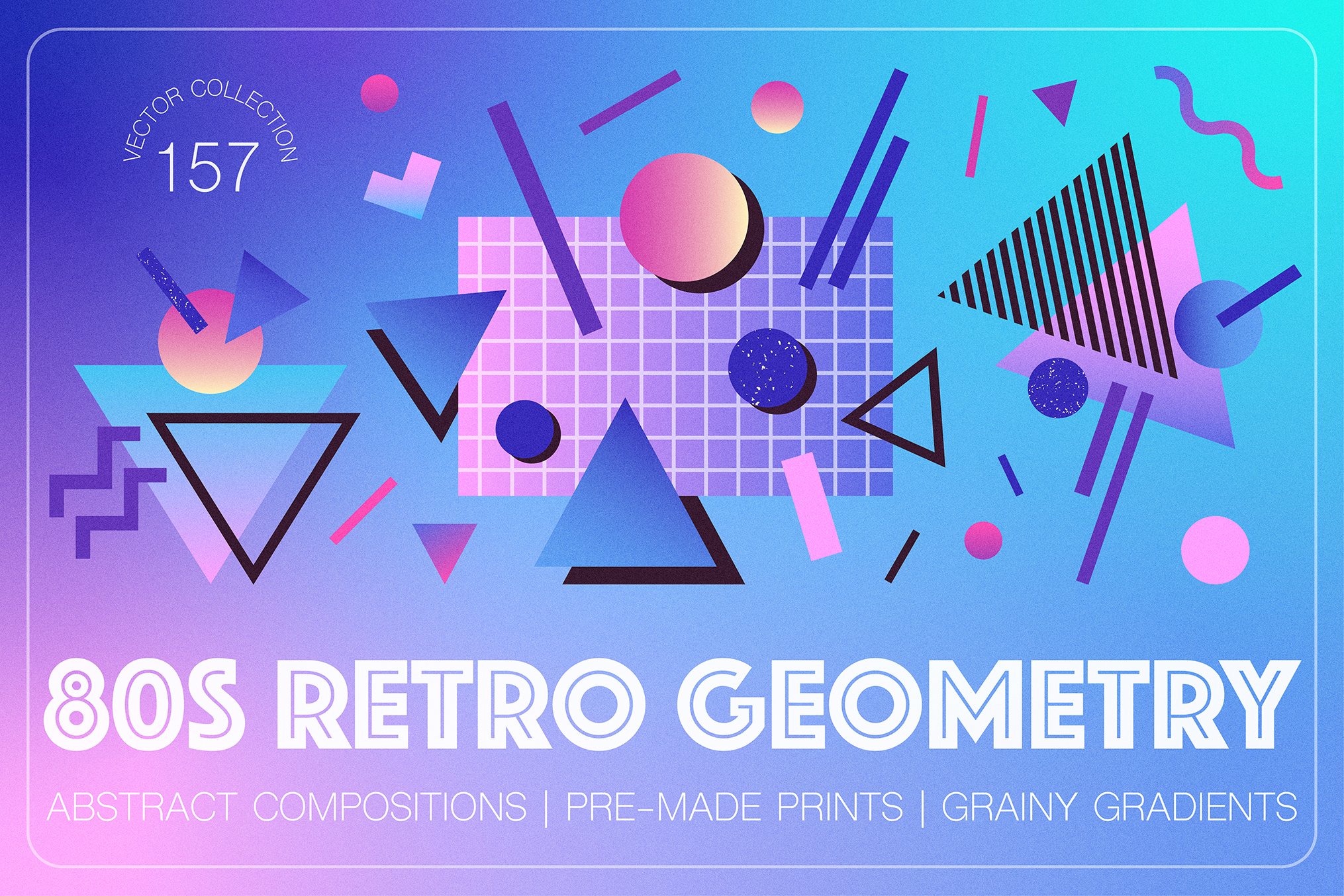
Thus, high resolution images should only be used if your equipment has the capability to display them at high resolution.īetter resolution, however, comes at a price. Remember also that the resolution you actually observe on any output device is not a function of the file’s own internal specifications, but the output capacity of the device itself.

The higher the dpi, the better the resolution. Resolution in raster graphics is measured in dpi, or dots per inch. To maximize the quality of a raster image, you must keep in mind that the raster format is resolution-specific - meaning that raster images are defined and displayed at one specific resolution. Although raster images can be scaled down more easily, smaller versions often appear less crisp or “softer” than the original. Hence, your raster-based image of Wayne Newton, magnified to 1000%, becomes bitmapped before you can isolate that ravenous glint in his eye. Why? Ultimately, when you look close enough, you can begin to see the individual pixels that comprise the image. Just like photographic images that get blurry and imprecise when blown up, a raster image gets jagged and rough. However, because raster images are pixel-based, they suffer a malady called image degradation. Non-line art images are best represented in raster form because these typically include subtle chromatic gradations, undefined lines and shapes, and complex composition. Raster graphics are best used for non-line art images specifically digitized photographs, scanned artwork or detailed graphics.

Together, they’re worth a thousand words. Individually, these pixels are worthless. Each square, or pixel, is coded in a specific hue or shade. Raster graphics render images as a collection of countless tiny squares.

A bitmap is a grid of individual pixels that collectively compose an image. Computer graphics can be created as either raster or vector images.


 0 kommentar(er)
0 kommentar(er)
